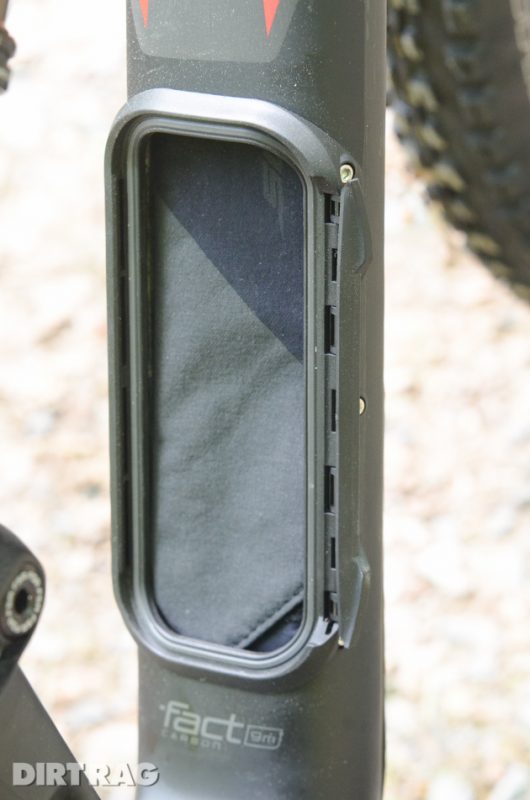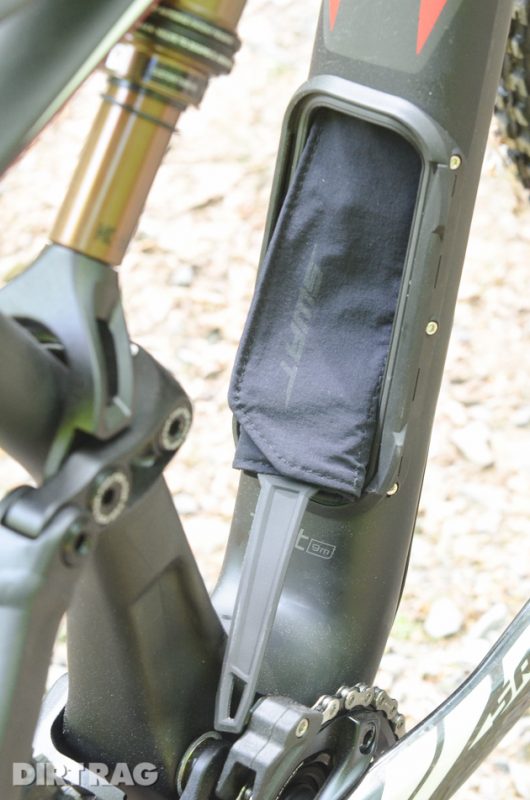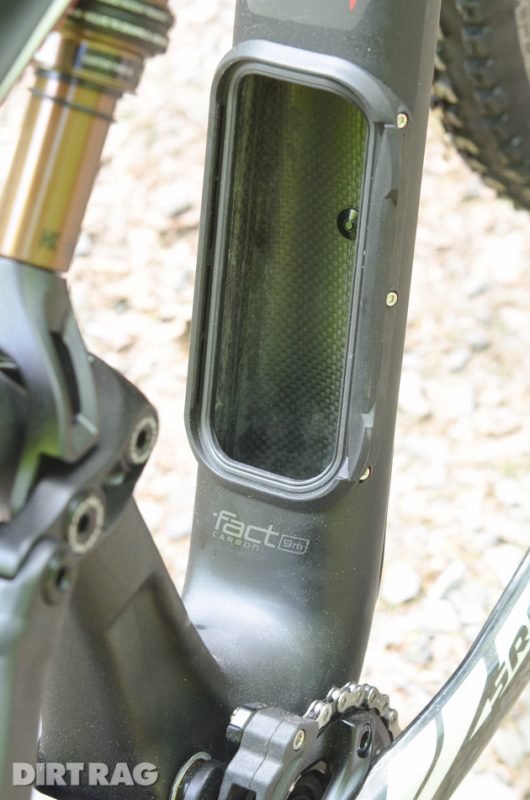Inside Line: First ride on the 2016 Specialized Stumpjumper FSR
Originally posted on May 20, 2015 at 13:50 pmIf any one single model epitomizes “mountain bikes” it’s the Specialized Stumpjumper. One of the first mass-produced off road bicycles, it been a mainstay of the lineup since 1981. Its evolution has traced the course of mountain bike design, through various frame materials, suspension setups and user categories. There are no fewer than 19 different Stumpjumper models in the 2015 lineup, spanning both hardtail and FSR full suspension designs, so redesigning a bike as iconic as the Stumpy is no short order.

Riders familiar with Specialized and its products will find many familiar features in the 2016 Stumpjumper FSR, plus a few surprises. While the previous model was available in both standard and EVO models with more travel and a rowdier disposition, the 2016 model adopts the more aggressive geometries across the board. Essentially, all of the 2016 models are the EVO model. There are 10 models in total, both aluminum and carbon fiber, stretch from $2,900 to $8,900, plus four frame-only options.
Another feature many folks were hoping for was the adoption of the chainstay design from the Enduro model that keeps the rear center as short as possible, shrinking from 450 mm to 437 mm in the 29er version and 435 mm to 420 mm in the 27.5 version (which Specialized continues to refer to as 650b, even though most of the mountain bike industry has settled on “27.5”). Head tube angles are 67 degrees for the 27.5 model and 67.5 degrees for the 29er.

While many of the models are built with single-chainring drivetrains, others are offered with doubles and the front derailleur mounted on the “taco blade” adapter that was also first featured on the Enduro model. Travel sits at 140/135 mm on the 29er and 150 mm front and rear on the 27.5 model, which is no longer “adapted” from a different model as the 2015 version was. That travel moves through a custom-tuned Fox Float shock with Specialized’s AutoSag feature that makes setup a breeze.
Also featured on every single model is the new Command Post IRcc that is still controlled with a shift cable (internally routed) but does away with the three fixed positions and instead offers a dozen stops along its 125 mm of travel. While we are fans of the Command Post, we can’t help but wonder why Specialized doesn’t offer one with zero offset for the aftermarket, as all of its bikes are designed around a large 35 mm of rearward offset.

While hub standards seem to be all over the place right now, the 2016 Stumpjumper FSR sticks with the 15 mm front / 142 mm rear hubs, with one small exception: the Roval Traverse Fatty wheels have what Specialized calls 142+. It’s not *quite* a new standard, but close. While the overall hub spacing is the same, the freehub body is pushed outboard 2 mm [PDF]. This means a standard 142 mm hub will fit, but the 142+ hub probably won’t fit another bike because the cassette may interfere with the chainstay. The rims feature Specialized’s hookless tubeless bead and a 29 mm internal width.
The SWAT box
Specialized has been rolling out accessories with the SWAT label for a few years now (Storage, Water, Air, Tools), and they offer smart ways to carry essentials like tubes and tools. For example, there is a multi tool that clips into the frame just above the shock mount, a spare chain link and chain tool hiding under the top cap, and an optional cargo box that mounts to the bottle cage bolts.


The carbon fiber versions of the new Stumpjumper take SWAT to the next level with the introduction of SWAT box, a large cutout in the down tube of the frame that lets you hide things like tubes and tools inside the frame. The opening is roughly 2.5 x 4 inches and the compartment extends two thirds of the way up the down tube. The included tool rolls keep things from clanking around in there, and because the frame is specifically designed around the opening you armchair composite engineers out there can rest assured it is as structurally sound as any other bike frame. Those properties don’t translate to aluminum however, so it is only available in the carbon frames. And no, a beer can doesn’t fit. We tried.


On the trail
I had a chance to sample the 29er version of the new Stumpjumper FSR at our own Dirt Rag Dirt Fest this past weekend, and while it was hardly a long-term test, I came away with an impression of how versatile this bike could be. Usually 29ers with this much travel are really only happy with high-speed descending, but the Stumpy could have easily been mistaken for its shorter-travel cousin the Camber.
Sometimes hoping on a bike just feels right, and the XL I demo’d fit perfectly right out of the gate with nice wide bars and a comfortable cockpit. Getting the suspension set up with the AutoSag feature is brainless, but I would like to experiment with a bit more than the automatic 20 percent sag. Unlike many Horst-link designs that require a firm shock platform, the Stumpjumer renders the Fox CTD lever unnecessary with its built-in composure.

Our Tech Editor, Eric McKeegan, rode the 27.5 version. Here is his take:
“With the changes to the Stumpy, I somewhat expected to feel like the 27.5 version to feel like an ‘Enduro-lite’, but even with the slacker angles, things felt more trail than all-mountain. I’m not sure if the suspension kinematics have been changed, or it is the new Rx Tune for the rear shock, but I agree with Adam, I didn’t feel much need to flip the platform lever on the rolling trails of Raystowne Lake. I did lock out both ends for the pavement climb, and thought they could use a little more ‘lock’ to the lockout.
“I also agree on the fit, I’ve always been very happy with the way Specialized fits out of the box, and had no problems pushing the pace from the get go. Well, maybe not the get go, the brakes weren’t bedded in yet so the first corner was interesting, to say the least.
“The main thing I can say about my test ride? It was too short. I wanted more ride time.
“A few years ago we did a comparison test between the Stumpjumper EVO 29 and Stumpjumper EVO 26. Maybe it is time to return to that idea, with all three bikes…”
One more thing
Wait, there’s a third bike? While we didn’t get to sample one in person, there is also a new Stumpjumper 6Fattie coming, built around the same 27.5×3 wheels and tires of the new Fuze and Ruze models. To fit the wide wheels it uses the new 110/148 mm hubs and a few other tweaks. It will be available in both carbon and aluminum models later this summer.
Correction
This article originally misstated the head tube angle of the 29er Stumpjumper. It is 67.5 degrees.